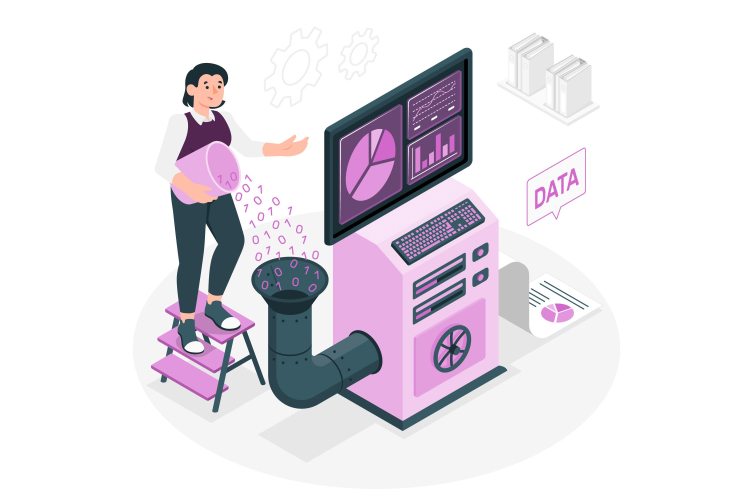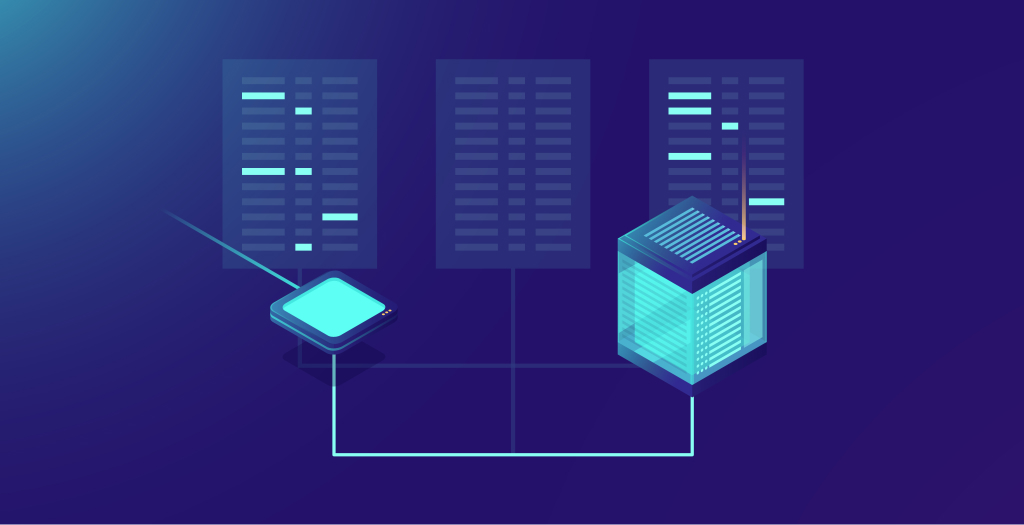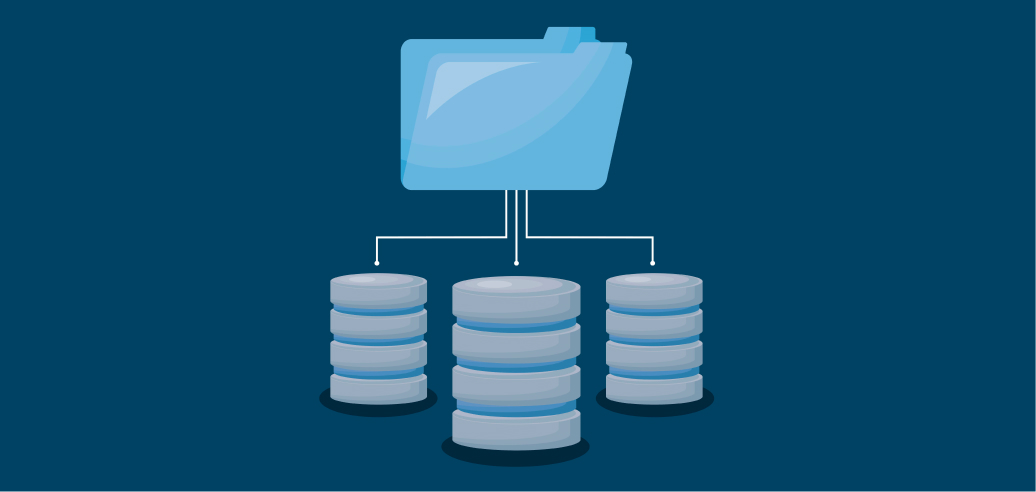
Understanding Data Mining and Data Warehousing: An In-Depth Exploration
In the digital age, where information is the new currency, businesses globally are making vast strides in harnessing data. Data Mining and Data Warehousing stand as twin pillars holding up the vast edifice of modern business intelligence.
Definition of Data Mining
At the heart of understanding modern business dynamics lies data mining. It's not just a tech buzzword; it's a sophisticated process. Imagine sifting through mountains of data, seeking out hidden treasures in the form of actionable insights. Through the use of advanced algorithms, data mining delves deep to unearth patterns that might otherwise go unnoticed. These patterns, when decoded, can predict buying habits, market trends, and even help in understanding anomalies in vast data streams.
Definition of Data Warehousing
While data mining is all about diving deep into data, data warehousing is where this vast ocean of data is stored, organized, and managed. Picture a vast, intricate library – but instead of books, it houses data from various sources. This centralized data repository ensures data from different silos can be consolidated, streamlined, and accessed in an organized manner, ready for analysis.
The Synergy of Mining and Warehousing in Modern Business
These two processes, though distinct, are intertwined in the modern business realm. Warehousing provides the 'fuel', while mining ignites the 'fire' of discovery. Together, they create a cohesive data strategy that powers Business Intelligence, driving growth and fostering innovation in a competitive market.
Understanding Data Mining
Data mining is the Sherlock Holmes of the data world, using its magnifying glass to unveil mysteries within data layers.
Techniques in Data Mining
1. Predictive Analysis: This technique doesn't just show you what has happened; it offers a glimpse into what might happen next. By studying patterns and trends from the past, businesses can make well-informed predictions, from stock market movements to upcoming consumer demands.
2. Data Extraction: This is the starting point where raw data is sourced from various origins, be it databases, social media feeds, or IoT devices. It's the gathering of raw materials before the refinement begins.
3. Big Data and its Impact on Mining: In today's era, the sheer volume (think petabytes and exabytes), variety (text, images, videos), and velocity (streaming data) of data can be overwhelming. But with Big Data technologies, data mining can efficiently handle, process, and analyze this data deluge, extracting invaluable insights.
Mining Tools and Technologies
The data miner's toolbox is ever-evolving. From open-source software like R and Python libraries to proprietary tools like IBM's SPSS Modeler, the array of technologies caters to both intricate data models and simpler, user-friendly interfaces.
Integration of Data Mining in Business Intelligence Systems
Mining isn't an isolated process. When integrated with BI systems, the insights derived from mining can be visualized, interpreted, and acted upon more seamlessly, transforming raw data into actionable strategies.

Diving into Data Warehousing
Behind every great data-driven decision, there's a robust data warehousing system ensuring data availability and integrity.
Basics of Warehousing Architecture
A warehouse's architecture isn't just about storing data. It's a meticulously designed ecosystem ensuring data's integrity, availability, and scalability. The design involves layering – from staging, where data lands, to integration, where it's cleaned and transformed, and finally, to access, where end-users can retrieve it.
The Role of ETL
ETL isn't just an acronym; it's the lifeline of data warehousing. The process extracts data from varied sources, transforms it into a consistent format, and then loads it into the warehouse. This ensures the data's uniformity, making it easier to analyze and report.
Databases in Warehousing
Databases are the bedrock of warehousing. SQL databases, like MySQL or PostgreSQL, provide structured relational data storage. In contrast, NoSQL databases, such as MongoDB or Cassandra, offer flexibility in storing unstructured or semi-structured data, addressing varied data warehousing needs.
Differences between Data Mining and Data Warehousing
Data Mining and Data Warehousing may both be under the broad umbrella of data science, but they play distinctly different roles in the data lifecycle.
Purpose and Goals
Data Mining is like the detective of the data world. It delves into data, searching for patterns, relationships, or anomalies that can offer insights or answer specific questions. Its main goal? To draw knowledge from vast amounts of data.
On the flip side, Data Warehousing is the grand library where all the data books are stored. Its prime objective is to collect, store, manage, and retrieve data from different sources, presenting it in a cohesive and usable format.
Techniques and Tools
The tools employed in data mining are algorithm-driven, focusing on tasks like clustering (grouping related items), classification (categorizing items), and regression (predicting future values). Softwares like RapidMiner or KNIME might come to a data miner's aid.
Data Warehousing, however, is more about infrastructure and design. It uses tools and systems such as SQL Server Integration Services or Oracle's Exadata to store and manage data.
Analysis vs. Storage
At its core, data mining is analytical in nature. It dissects, questions, and derives insights from data. It's about finding the narrative hidden within the numbers.
In contrast, Data Warehousing is fundamentally about storage and retrieval. It concerns itself with how data is kept, organized, and accessed.

The Benefits of Data Mining and Data Warehousing
The modern business landscape, increasingly data-centric, has reaped numerous benefits from both data mining and warehousing.
Enhanced Business Intelligence
The insights drawn from data mining fuel Business Intelligence (BI) tools. When these insights are visualized on BI dashboards, businesses can comprehend market trends, customer behavior, and operational efficiencies at a glance, driving informed decision-making.
Improved Decision Making with Predictive Analysis
With data mining's predictive analysis capabilities, businesses can forecast future trends. Whether it's predicting stock movements, customer buying habits, or potential supply chain disruptions, these predictions empower businesses to strategize proactively.
Efficient Data Storage and Retrieval Systems
Data Warehousing systems ensure that organizations can efficiently store vast amounts of data and retrieve specific data sets swiftly when needed. This prompt access to organized data is indispensable for real-time analytics and reporting.
The Integration of Data Mining and Data Warehousing
As separate entities, both data mining and warehousing offer immense value. But when integrated, they become a formidable duo powering the data-driven enterprise.
How Mining Feeds into Warehousing
Think of data mining as the initial reconnaissance mission, extracting valuable insights from vast terrains of raw data. Once these insights are mined, they are stored in warehouses, making them accessible for future retrievals, comparisons, or deeper analyses.
Big Data's Role in Integration
In today's world of Volume, Velocity, and Variety in data (the 3 Vs of Big Data), integration is more crucial than ever. Big Data solutions ensure that the mined data, irrespective of its source or type, is funneled into the warehouse seamlessly, ensuring the warehouse's relevancy and comprehensiveness.
Real-world Examples of Integrated Systems
A retail giant might use data mining to understand individual customer preferences, drawing data from online shopping behaviors, social media sentiments, and in-store purchase histories. These insights, once mined, are stored in their warehouse. Later, when strategizing a new marketing campaign, the company can access this warehoused data, ensuring their strategies are targeted and effective.
References
- Han, J., Pei, J., & Kamber, M. (2011). Data mining: concepts and techniques. Elsevier. This book is one of the foundational texts on data mining, offering a deep dive into various data mining techniques and their applications.
- Inmon, W. H. (2005). Building the data warehouse. John Wiley & Sons. Widely recognized as the "father of data warehousing," Inmon's book provides comprehensive insights into the design, implementation, and maintenance of data warehouses.
- Kimball, R., & Ross, M. (2013). The data warehouse toolkit: The definitive guide to dimensional modeling. John Wiley & Sons. This book, from another pair of data warehousing pioneers, focuses on dimensional modeling, a key concept in data warehousing.
 Mark Petrenko
Mark Petrenko 
